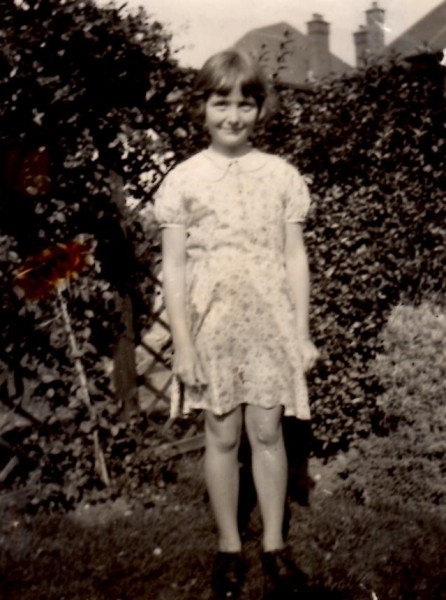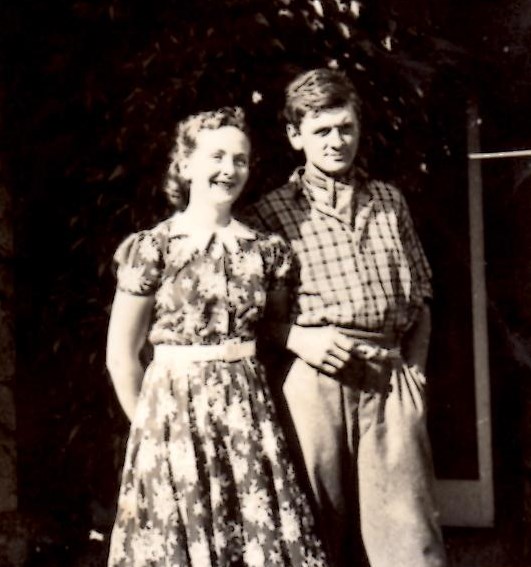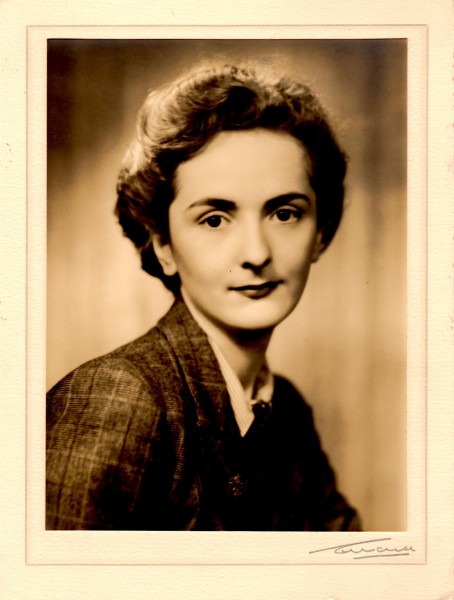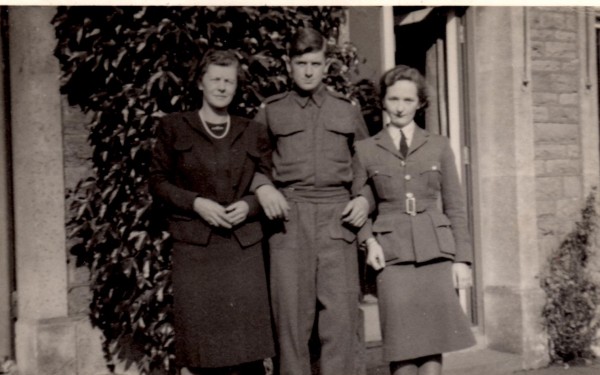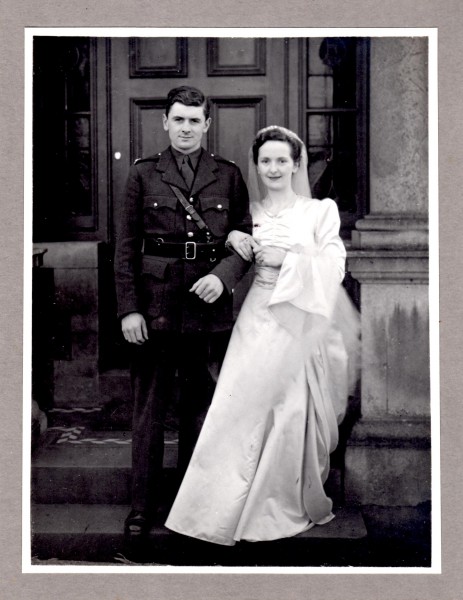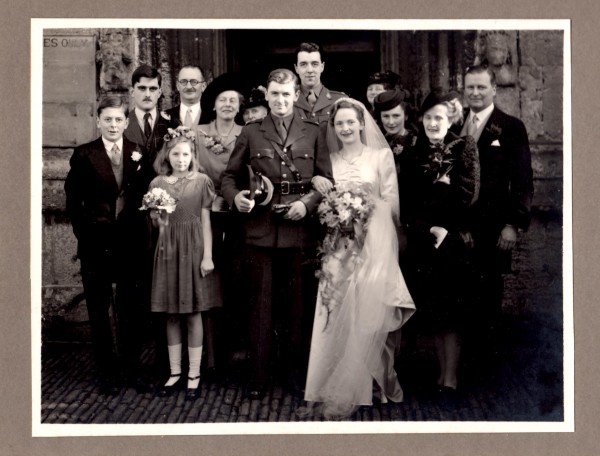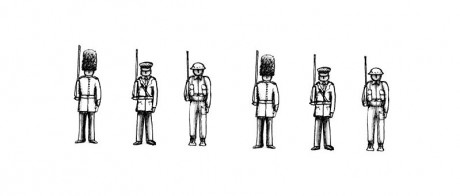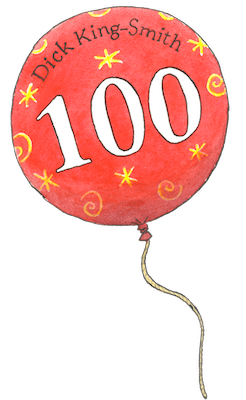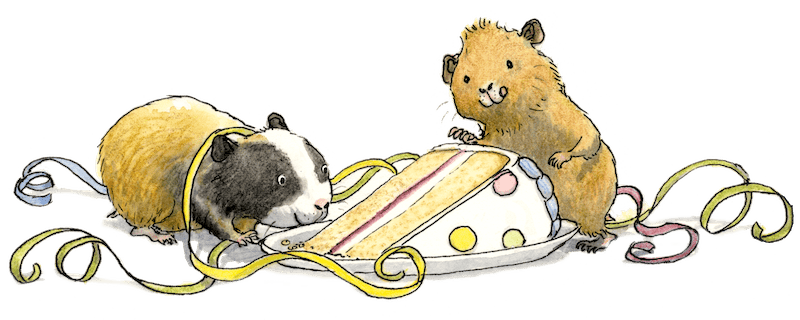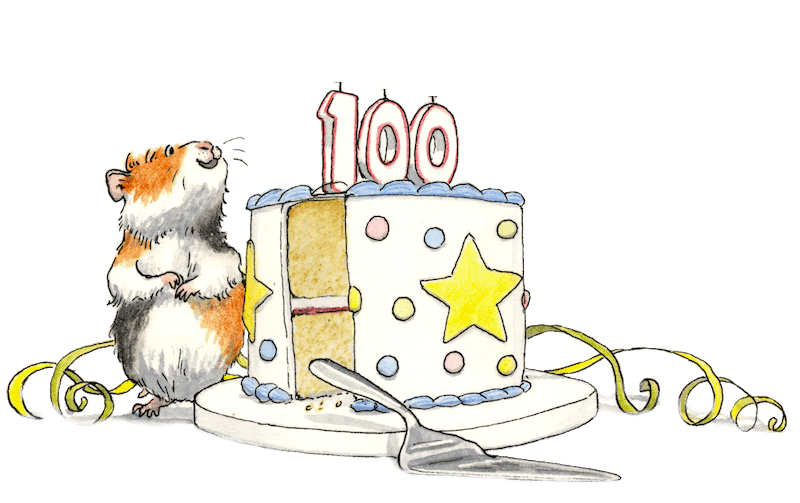First Love
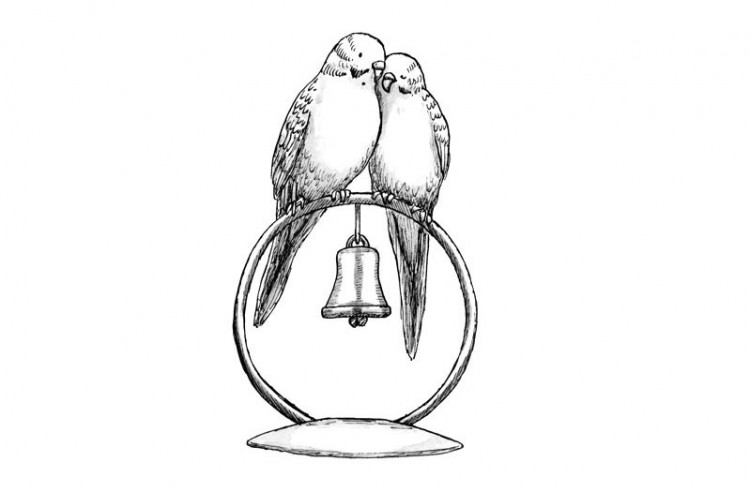
Dick met his wife, Myrle England, on Christmas Day 1936. They were both 14. Her parents had been invited to the drinks party that Dick’s parents held every Christmas morning. Dick was at a window when they were introduced, lining up the sights of his new air rifle with the trunk of an old crab-apple tree, and not too keen to have to be polite to an unknown girl.
But things changed when he discovered that she, like him, was interested in animals. Just like him, too, she bred budgerigars. Her way of doing so was much more methodical than his: whereas Dick kept different-coloured budgies together and let them breed any old how, producing birds of odd shades, Myrle kept different-coloured ones separately so that they all bred true. In his memoir, Chewing the Cud, Dick described his first impression of his future wife:
‘. . . she didn’t look too bad, as girls went. She had fair hair and brown eyes and wasn’t giggly or silly like most girls.’
A year or so later, Myrle’s family moved to the Midlands and the young couple didn’t meet again until the summer of 1940, when she went to visit him while he was working at Tytherington Farm. Afterwards, he told his mother that Myrle was the girl he would one day marry. He remembered his proposal as typically understated: he and Myrle were in a pub near the Thames in Windsor, he was stationed at Windsor Castle at the time, when he said:
‘I suppose it would be a good idea to get married, wouldn’t it?’ And she said, ‘Yes’.
It was wartime and leave was unpredictable and brief for people serving in the forces. Dick was by now an officer in the Grenadier Guards, Myrle an officer in the WAAF (Women’s Auxiliary Air Force). Having got their parents’ blessing, they decided to get on with organising the wedding and they were married at St. Mary’s Church, Bitton, on February 6th 1943.
